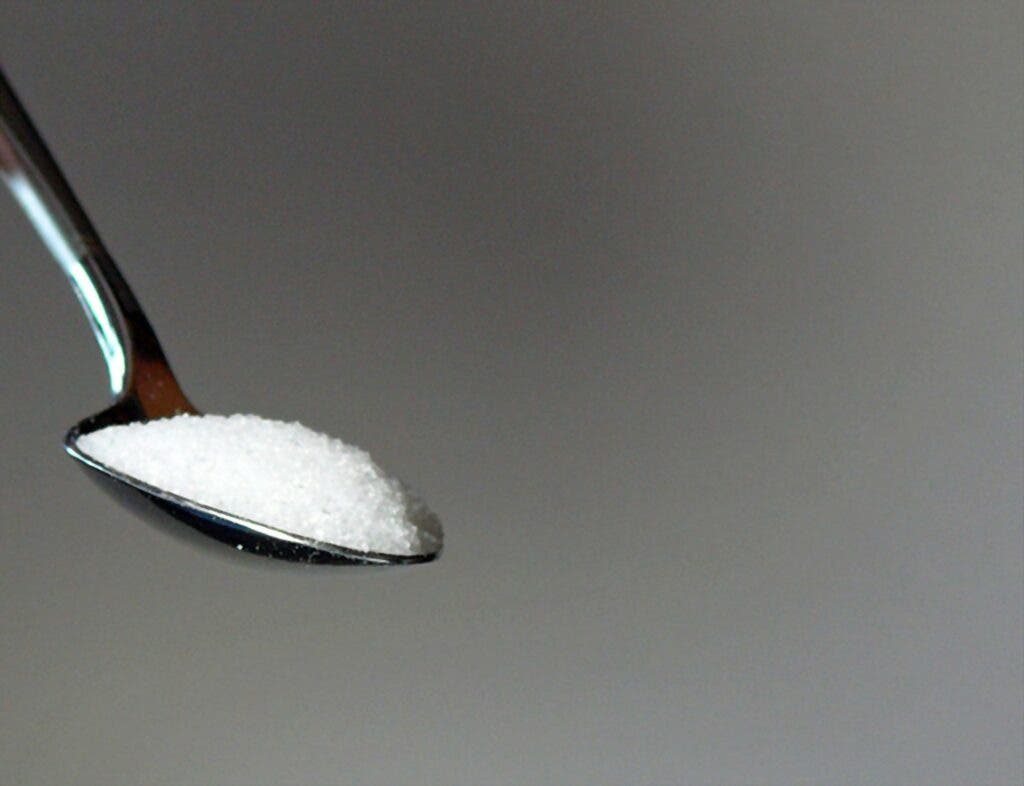
Sugary drinks have always been popular thanks to their great taste, convenience, and ease of access. But we all know their problem: they just have way too much sugar and lack virtually any nutritional value. Your typical can of Coke, for instance, contains 10 teaspoons of sugar, which is more than 80% of the recommended daily intake for a healthy diet. So beverage researchers eventually came up with zero-calorie artificially sweetened soda. These artificial sweeteners, such as saccharin, aspartame, and sucralose, can be up to hundreds of times sweeter than sugar when used alone or in combination with other flavors. But the complete lack of calories prevents the complete activation of the food reward pathway, which increases your appetite and cravings for sugary food. Ironically, these diet sodas can actually make you fat.
Looking to make a better sweetener that doesn’t have the drawbacks of sugar and artificial sweeteners, researchers in Spain from the Institute of Food Science Research and the Institute of Physical Chemistry turned their attention to sweet substances from natural sources.
They zoomed in on a couple of worthy candidates, such as galactooligosaccharides, which are low-calorie sugars found in mammalian milk. These carbs promote probiotic activity and can be a fantastic source of energy for beneficial microbes found in the human gut. However, it’s not at all sweet, not like table sugar at least.
Another promising alternative is an extract from Luo Han Guo fruit, a small round fruit native to southern China. These ripe fruits, which are known as monk fruit because they’re traditionally cultivated by Buddhist monks, contain mogrosides, compounds that are up to 350 times sweeter than sucrose. The sweetener is already approved in several countries, including the United States after the FDA designated it as a ‘generally recognized as safe’ (GRAS) substance in 2010. Mogrosides do not contribute calories and do not affect the blood sugar level, but their flavor can be off-putting to some people.
Seeking to combine the best of both sweeteners, the Spanish researchers added β-galactosidase to modify the flavor of mogrosides while simultaneously producing galactooligosaccharides. The end result is a brand-new low-calorie sweetener with a sweetness profile comparable to that of table sugar, suggesting it could be well received by consumers.
During test tube experiments with bacteria, the researchers found that the new sweetener promoted the growth of Bifidobacterium and Lactobacillus bacteria, which are health-promoting gut microbes that confer health benefits and are used in food production and as supplements. Additionally, there was an increase in beneficial bacterial metabolites, such as acetate, propionate, and butyrate. This mixture could have prebiotic effects on the gut microbiome.
Now, all that remains is to conduct clinical trials that investigate the substance’s impact on the human gut. Beverage companies would want to keep an eye out for this new sweetener.
“In conclusion, these substrates could be considered as novel candidate prebiotic sweeteners, foreseeing a feasible and innovative approach targeting the sucrose content reduction in food. This new ingredient could provide health benefits when evaluated in human studies by combining sweetness and prebiotic fiber functionality,” the authors wrote in the Journal of Agricultural and Food Chemistry.
Was this helpful?



